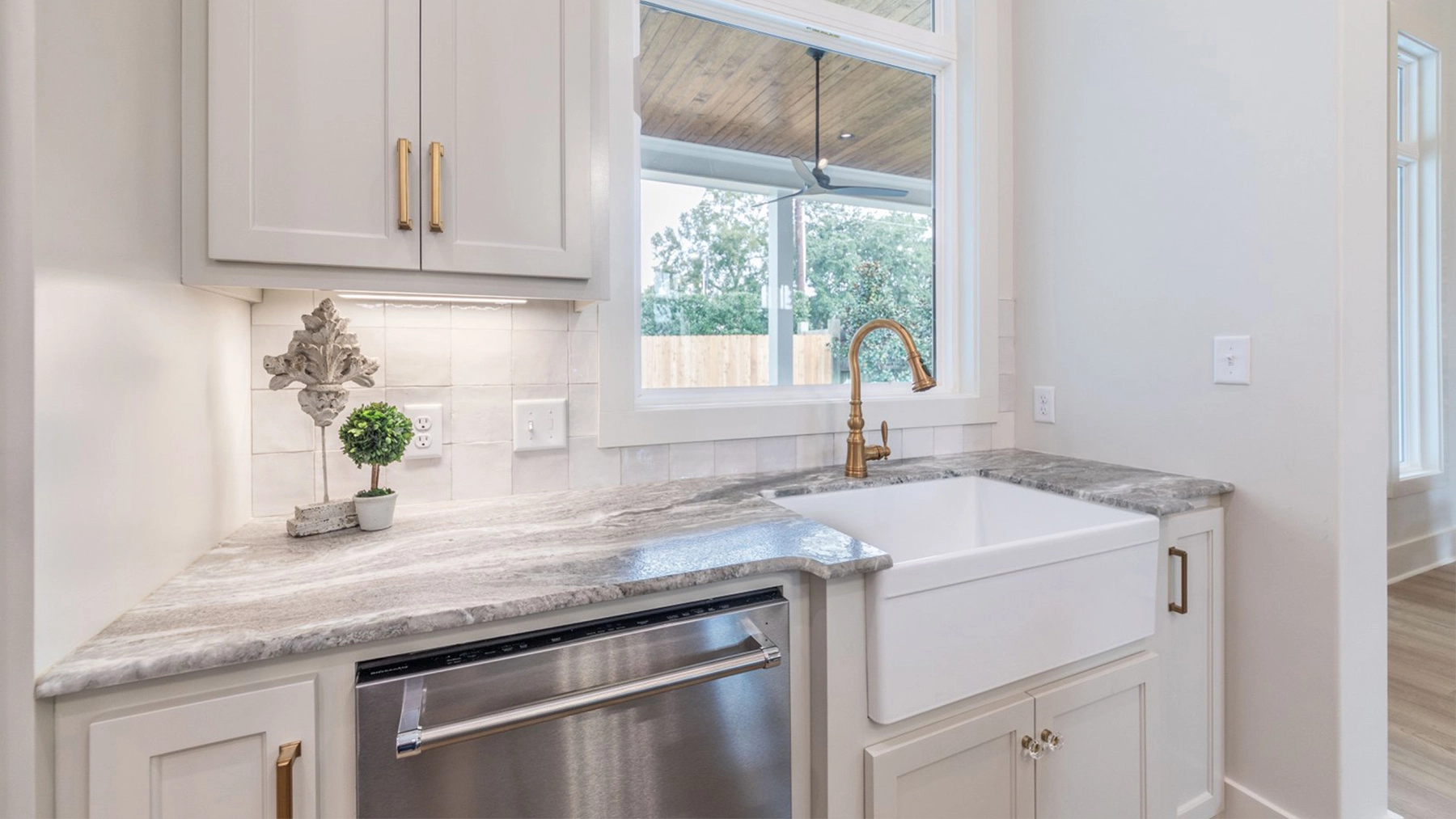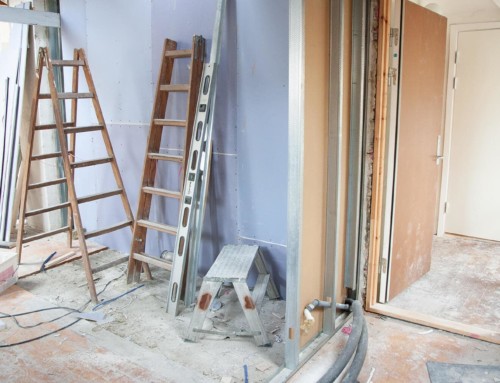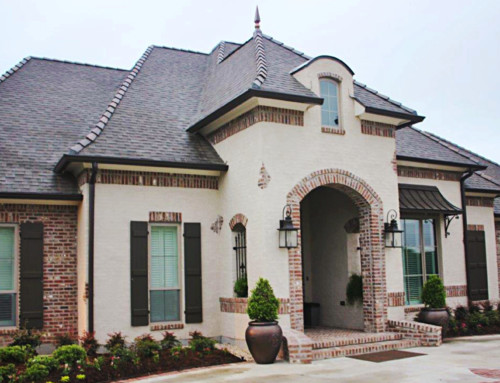Home owners looking to save money on heating and cooling costs with energy-efficient improvements to their home can also benefit from a newly expanded federal tax credit.
In the recent stimulus legislation signed by President Obama, previous energy-efficiency credits were not only renewed, but were significantly improved. Before, home owners were able to recoup 10 percent of the cost of each approved energy upgrade with the lifetime cap of $500. The new credit has tripled those amounts to 30 percent and $1,500, respectively.
According to Energy Star, a joint program of the U.S. Environmental Protection Agency and the U.S. Department of Energy, a typical household spends about $2,000 a year on energy bills. By incorporating Energy Star appliances and other energy-efficient components to your home, they estimate a home owner can save about a third on his or her energy bill. The expanded tax credit money available to home owners on top of these savings is icing on the cake!
“This is an excellent time for home owners to take advantage of these tax benefits to make positive changes in their home that will not only benefit them immediately, but over the long term as well,” said Eric Borsting, a California home builder and chair of the National Association of Home Builders (NAHB) green building subcommittee.
What is included?
Tax credits are available at 30 percent of the cost, up to $1,500, in 2009 and 2010 (for existing homes only) for:
-
Windows and doors
-
Insulation
-
Roofs (metal and asphalt)
-
HVAC (heating, ventilating and air-conditioning)
-
Water heaters (non-solar)
-
Biomass stoves
Tax credits are available at 30 percent of the cost, with no upper limit through 2016 (for existing homes & new construction) for:
-
Geothermal heat pumps
-
Solar panels
-
Solar water heaters
-
Small wind energy systems
-
Fuel cells
Details on qualifying improvements are available on the Energy Star Web site at www.energystar.gov/taxcredits.
How to Claim the Credits
Home owners can claim the 25C and 25D credits on IRS Form 5695 when they prepare their income tax returns. Be sure to retain records that include:
-
Name and address of the manufacturer
-
Identification of the component
-
Make, model or other appropriate identifiers
-
Statement that the component meets the 25C standards
-
Climate zones for which the criteria are satisfied
-
Additional information for storm windows, if applicable
-
Manufacturer’s certification — a signed statement from the manufacturer certifying that the product or component qualifies for the tax credit
Information provided by the National Home Builders Association. To find a builder or remodeler in your area to help make your home more energy-efficient, visit the Acadian Home Builders Member Directory.









